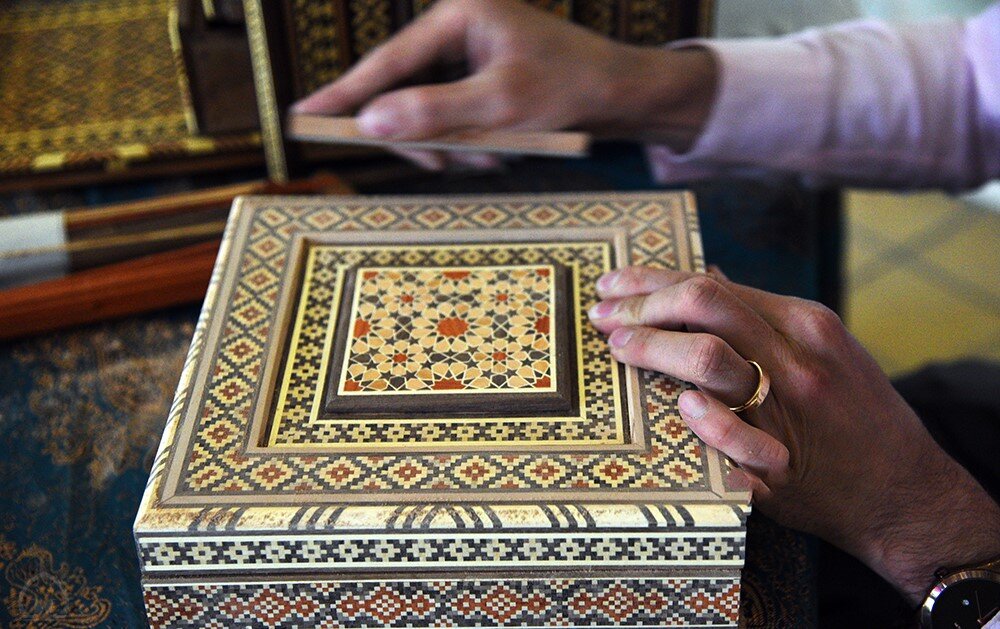Fars exports $2.5m worth of handicrafts in three years

TEHRAN – Fars province, situated in southwestern Iran, has exported $2.5 million worth of handicrafts in about three years.
Speaking in a press conference on Monday, the provincial tourism chief, Mohammad Sabet-Eqlidi, brought to light that province has exported 2,548,000 million dollars in handicrafts since August 2021.
Mohammad Sabet-Eqlidi noted that employment in the handicrafts sector of province saw a remarkable increase over the past years.
“The number of active individuals in the handicrafts' industry, surged by %56 in the course of the last three years, reaching a total of 3,593 employees,” he further elaborated.
Sabet-Eqlidi highlighted the issuance of 4,137 individual production permits and 2,383 identification cards for handicraft artists over the last three years.
“Additionally, around 17 workshop files were established during this period,” he continued.
A 32% increase in handicraft training courses, the director-general emphasized, played a significant role in provincial employment growth.
From August 2021 to June 2024, a total of 2,922 training classes across various handicraft disciplines were conducted within the Fars province, according to Sabet-Eqlidi.
Fars province boasts a rich heritage of traditional handicrafts that reflect its cultural and historical depth. The region is renowned for its intricate and diverse craftsmanship.
One of the most prominent handicrafts of Fars is Gabbeh weaving, a type of Persian carpet characterized by its simple, bold designs and vibrant colors. These hand-knotted rugs, often made by tribal artisans, are known for their thick texture and use of natural dyes.
Another significant craft is Khatam Kari (marquetry), an ancient Persian art form that involves inlaying delicate pieces of wood, bone, and metal into geometric patterns, commonly used to decorate boxes, frames, and furniture.
Minakari (enamel work) is also notable in Fars, where artisans create elaborate designs on metal surfaces, typically using rich blue and intricate patterns.
The handicrafts of Fars are not only a source of aesthetic pleasure but also an important aspect of the local economy, providing livelihoods for many artisans.
XF/AM
